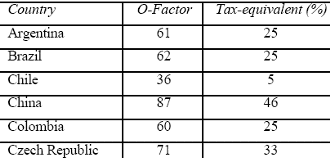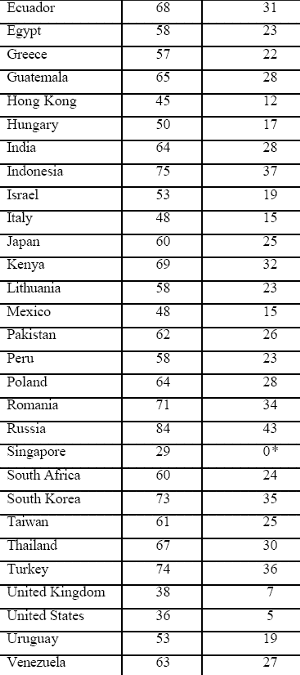When financial statements are not transparent, you cannot estimate the fundamental inputs that you need to examine to value a firm. For instance, a firm’s expected growth should be a function of how much it reinvests (reinvestment rate) and how well it reinvests (its return on capital). If firms funnel their investments through holding companies that are hidden from investors, you cannot assess either of these inputs.
To evaluate a firm’s cost of capital, you need to know how much debt is owed by the firm, as well as the cost of this debt. For firms that hide a significant portion of their debt, you will underestimate the default risk that the firm is exposed to, and consequently, its cost of capital. Does this mean that the value of a complex firm is more difficult to estimate than the value of a simple firm? The answer is yes, but it does not necessarily follow that investors will discount the value of complex firms because of this uncertainty.
In fact, companies like General Electric, IBM and Tyco prospered in the 1990s, even as they became more complex. While some would argue that the increase in value came in spite of their complexity, there are others who would present the case that it was because of it. In this section, we consider some of the empirical evidence on the relationship between firm value and complexity.
The Cost of Opacity
In the last section, we referred to the opacity index developed by Price Waterhouse to measure the opacity of transparency of financial statements in 35 countries. In an interesting extension, Price Waterhouse also attempted to examine the impact of the opacity index on two variables that have direct consequences for value. The first was a “taxequivalent” cost, where the opacity measure was converted into an equivalent tax rate. As they note in their report, an increase in the opacity index from the Singapore level (which is the most transparent) to the Chinese level is the equivalent of an increase in the tax rate of 46%. Table 4 summarizes their findings:
Table 4: Economic Cost of Opacity: “Tax-Equivalent” Estimates


In an alternate measure of the cost of complexity, Price Waterhouse measured the default spread on sovereign bonds issued by countries over the U.S. treasury and argued that this was a cost of complexity, since more complex companies tended to have much lower bond ratings.
The Conglomerate Discount
In the last two decades, evidence has steadily mounted that markets discount the value of conglomerates, relative to single-business (or pure play) firms. In a study in 1999, Villalonga compared the ratio of market value to replacement cost (Tobin’s Q) for diversified firms and specialized firms and reported that the former traded at a discount of about 8% on the latter. Similar results were reported in earlier studies.[14]
The reasons for the discount have been widely debated, with many attributing it to the lack of focus in these firms and the inefficiencies that follow. Another possible reason for the discount may be the complexity that gets added to financial statements as firms enter multiple businesses. Even the best efforts of these firms to be more transparent often cannot overcome this problem. First, conglomerates inevitably consolidate costs for some functions – after all, one reason for creating conglomerates is to create economies of scale – and these consolidated costs then have to be allocated to the multiple divisions (businesses) that the firm is in.
These allocations are subjective and investors may be dubious about the resulting bottom-line numbers. Second, the absence of market prices for the individual divisions makes it difficult for investors to see the value of each division and consider the market reactions to actions taken by that division. How can we differentiate between discounts attributable to management inefficiencies and those caused by accounting complexity? We can look at market reactions to conglomerates that do break up to create independent entities run by incumbent management. If the reason for the discount is accounting complexity alone, splitting the firm into independent businesses, with their own financial statements (and perhaps their own tracking stock) while preserving incumbent management control of the overall entity should eliminate the discount.
If, on the other hand, it is management inefficiency that is the problem, you should expect to see the discount persist even after the split-up, since only divestitures will eliminate the underlying problem of poor management. The market reaction to spin offs and divestitures tends to be positive, with the size of the reaction increasing in proportion to the spin off. This suggests that the cause of the discount may vary from firm to firm.
14 See Wernerfelt and Montgomery (1988), Lang and Stulz (1994) and Berger and Ofek (1995).
Prof. Aswath Damodaran
Next: Other Evidence
Summary: Index